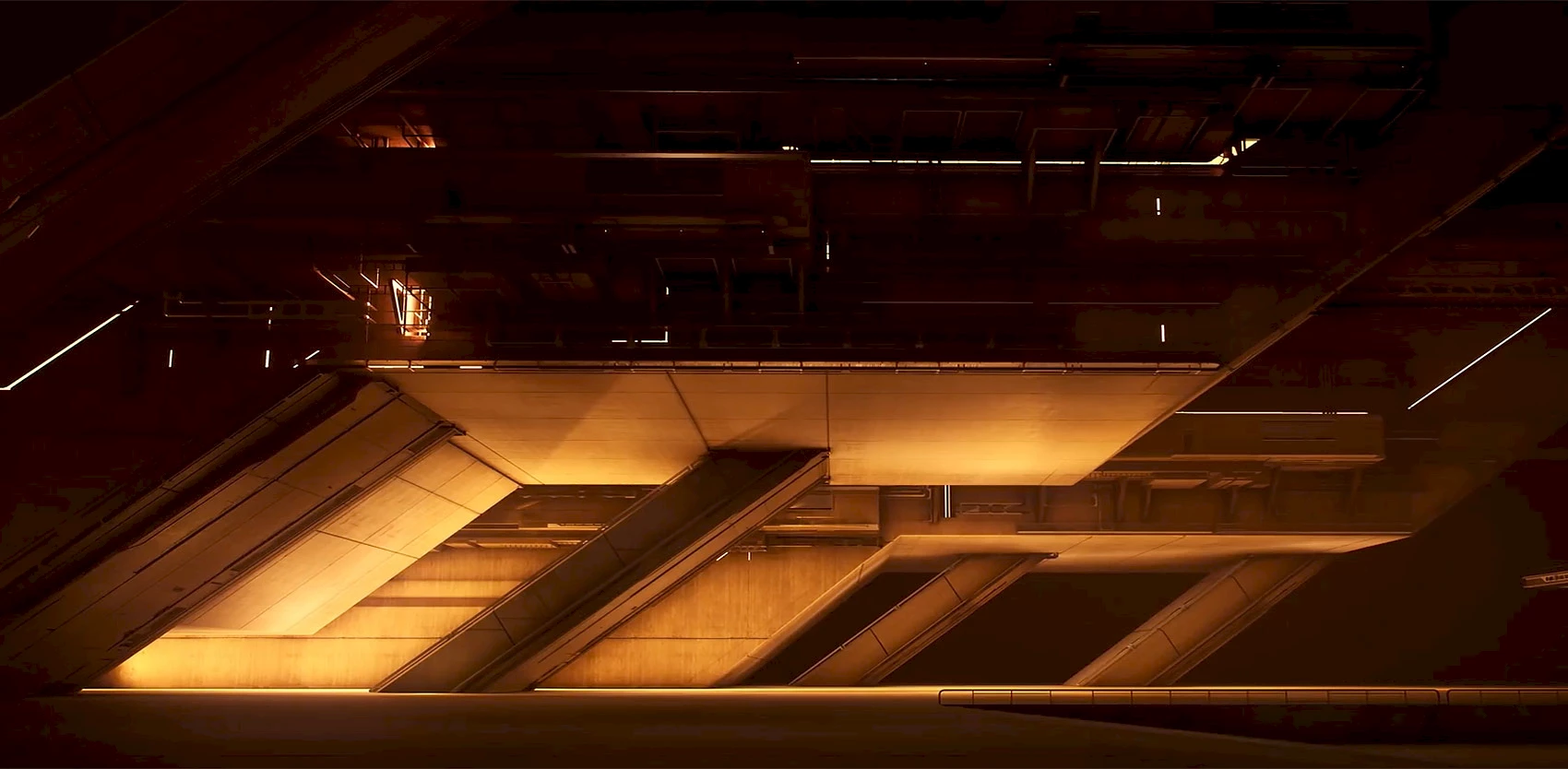Google Stadia
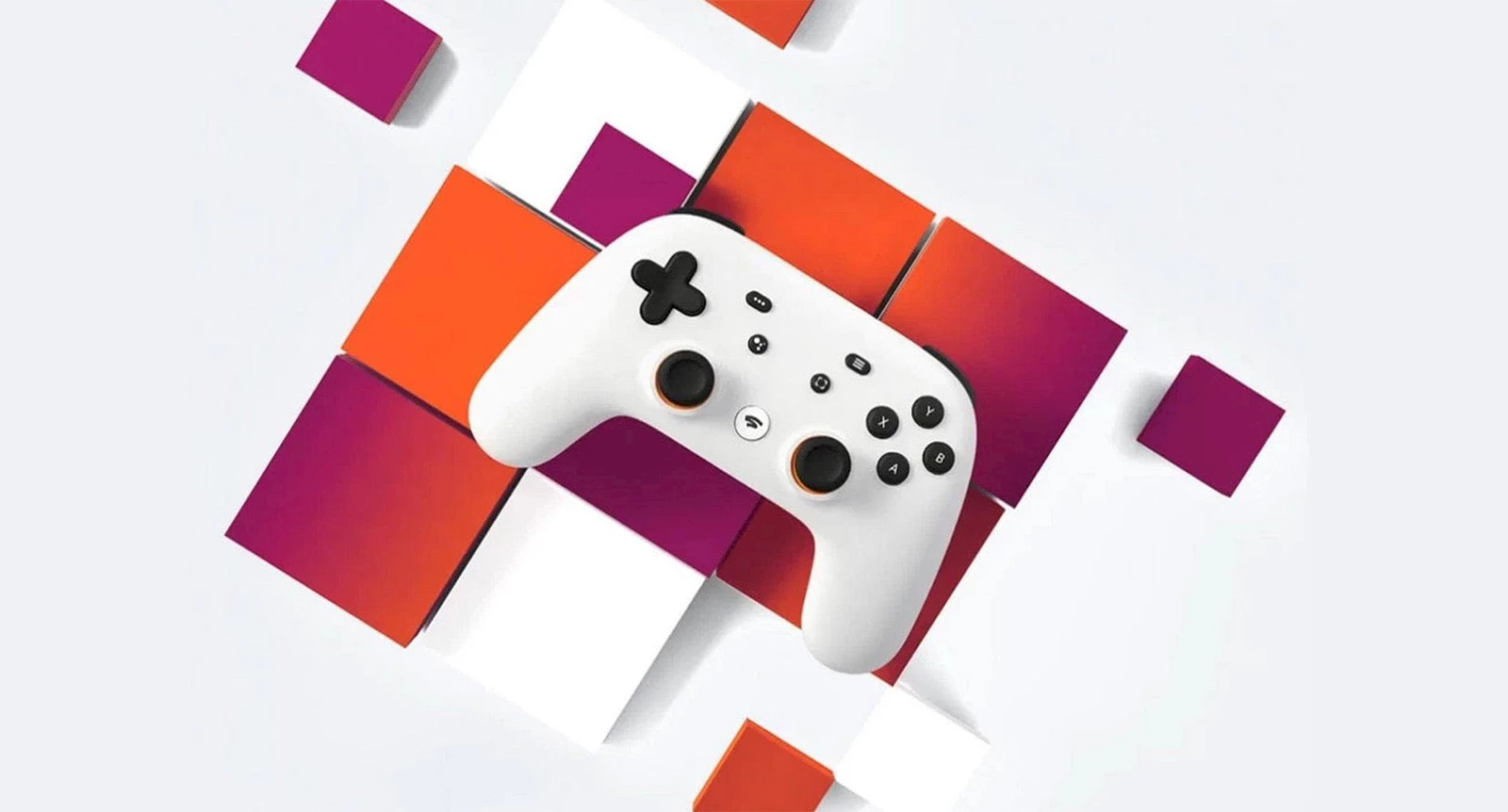
Stadia game controller. © Google.
At the Game Developers Conference, Google introduced not a gaming console but Stadia, an online game service, along with an optional game controller. Stadia, which is based on Project Stream, runs games on Google’s servers and streams video on the Internet.
Google promises a resolution of up to 4K at 60 fps, thanks in part to customized AMD graphics processors on its cloud servers. We also know that the service is a sort of YouTube overlay, which gives you an idea of what to expect with Stadia. If you can watch 4K videos on YouTube seamlessly, you will most likely get the same results playing live 4K.
You can play on a wide variety of devices: TV (via Chromecast), phone, tablet and computer (with the Chrome browser). You can also resume a game on a PC that you left off on your phone, and easily stream live to YouTube, sharing a game in progress with friends who pick up the game where it was paused — a brand-new feature. Stadia works with existing game controllers, but Google also offers its own controller that looks like Sony’s Dualshock, with buttons for streaming to YouTube and asking for help via Google Assistant. The wireless controller connects directly to the Stadia service over Wi-Fi.
Google did not mention the price of the service or how the revenues would be shared with game publishers. Stadia should be available at the end of the year, in the United States, Canada, the United Kingdom and Europe to start with. Of course, your experience as a player will be subject to your bandwidth and the distance to Google’s servers (latency). There are no miracles.
Also in the news, Google launched Stadia Games, its game development division led by the new vice president of Google, Jade Raymond, formerly of Electronic Arts and Ubisoft Montreal.
⇨ Ars Technica, “Google jumps into gaming with Google Stadia streaming service, coming ‘in 2019’.”
⇨ Kotaku, “Google Unveils Gaming Platform Stadia, a competitor to Xbox, PlayStation and PC.”
Jetson Nano
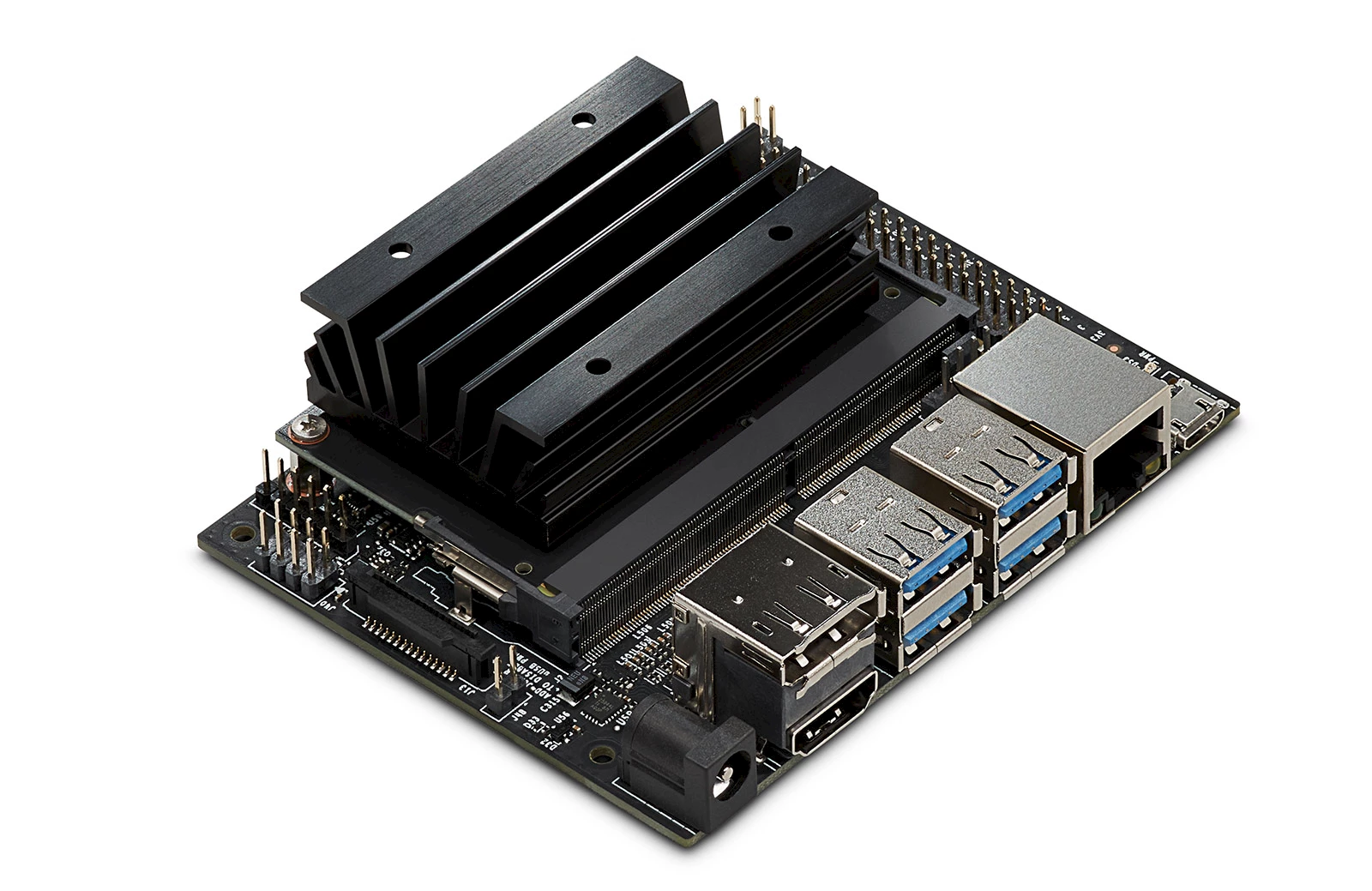
Jetson Nano. © Nvidia.
Nvidia has launched a new, single-board nano-computer dedicated to artificial-intelligence applications for an affordable 99 USD. The Jetson Nano is a very powerful computer (472 gigaflops) that allows you to run multiple neural networks in parallel for applications such as image classification, object detection, speech processing, etc. All this in an easy-to-use and energy-efficient platform: only 5 watts. On the hardware side, a quad-core ARM A57 CPU, a 128-core NVIDIA Maxwell GPU, 4 GB LPDDR4 memory and 16 GB eMMC storage. On the software side, you need to install the JetPack SDK with a MicroSD card (not included), which includes a fully usable desktop version of Ubuntu. The card is equipped with a gigabit Ethernet port, but does not have wireless communication capabilities. For Wi-Fi, you can connect an adapter such as the Edimax AC450 through a USB slot.
To use the Jetson Nano, you will need a USB keyboard and mouse, an HDMI or DisplayPort monitor, a micro-USB power supply (5V, 2A), and a 16 GB (or more) MicroSD UHS-1 card to host the image of the operating system. The JetPack SDK offers several useful tools like the Jetson GPIO Python library. Many AI frameworks such as TensorFlow, PyTorch, Caffe and MXNet are supported. The Jetson Nano is compatible with many of the sensors and peripherals out there, including Adafruit and Raspberry Pi.
⇨ Nvidia Developper, “Jetson Nano Developer Kit.”
⇨ Hackaday, “Hands-on: New Nvidia Jetson Nano is more power in a smaller form factor.”
Doodle with AI sauce
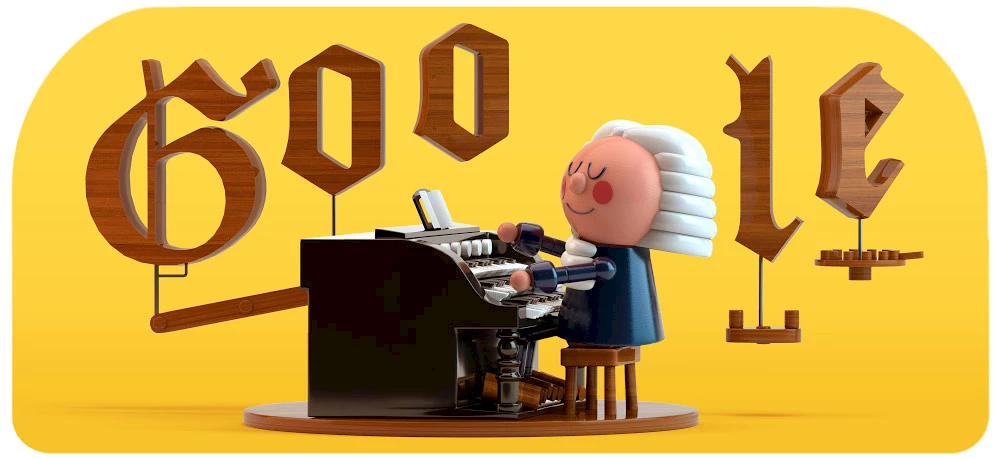
Doodle. © Google.
To celebrate the birthday of composer and musician Johann Sebastian Bach on March 21 1685, Google created its first Doodle using artificial intelligence technologies. Designed in partnership with the Google Magenta and Google PAIR teams, the Doodle offers a charming, interactive experience that encourages the user to compose a simple two-bar melody. Then, just click a button to get a harmonization worthy of the Cantor of Leipzig. Behind the magic lies machine learning, of course. A model called Coconet, created by Google Magenta, was formed with the harmonization of 306 Bach chorales. The four-voice harmonization process (soprano, alto, tenor and bass) takes place on the browser with Tensorflow.js. However, in case the computer or device is not powerful enough to run the Doodle using TensorFlow.js, the model runs on Google Cloud with the new Tensor Processing Units (TPUs).
Play with the Doodle here. Tip: if you click on the amplifier on the right, you will get a more ’80s sound.
⇨ Google Magenta, “Coconet: the ML model behind today’s Bach Doodle.”
⇨ Google Blog, “Honoring J.S. Bach with our first AI-powered Doodle.”
Flying motorcycle
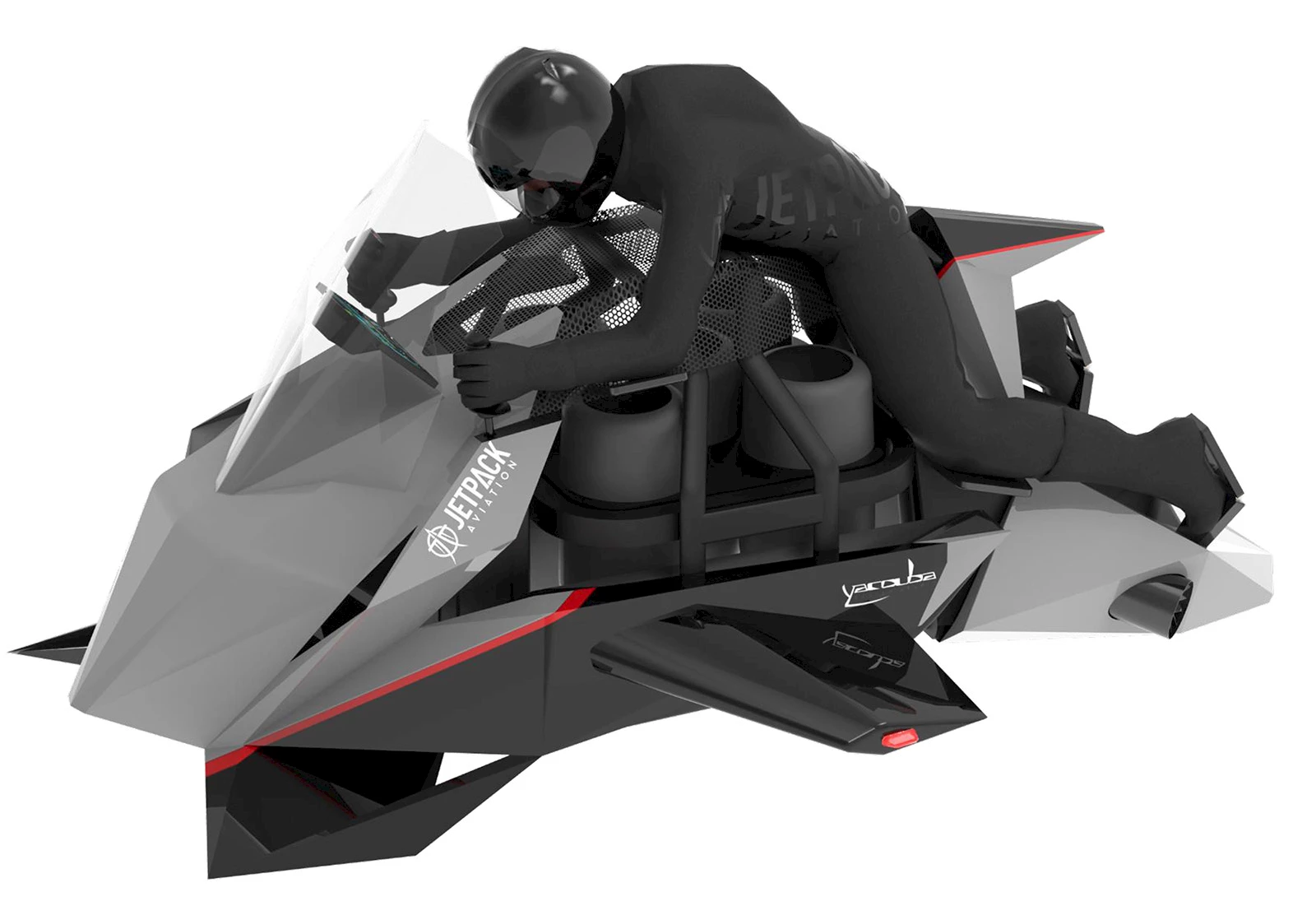
Speeder. © JetPack Aviation.
JetPack Aviation is taking advance orders for its flying motorcycle called Speeder, promising delivery next year. The aircraft, equipped with four turbojet engines, a stabilization system and a collision detection system, could reach an altitude of 4,500 m and a top speed of 240 km/h. A “recreational” version that, according to the manufacturer, would not require a pilot’s license, is offered at 380,000 USD. It comes with training, a customized flight suit, a helmet and a free t-shirt … But it’s still a lot of money for a vehicle with a flight time between 10 and 20 minutes. For now, the company plans to build just twenty machines because it’s focusing on uses for armed forces and emergency services. You can preorder this flying marvel here.
Rebirth
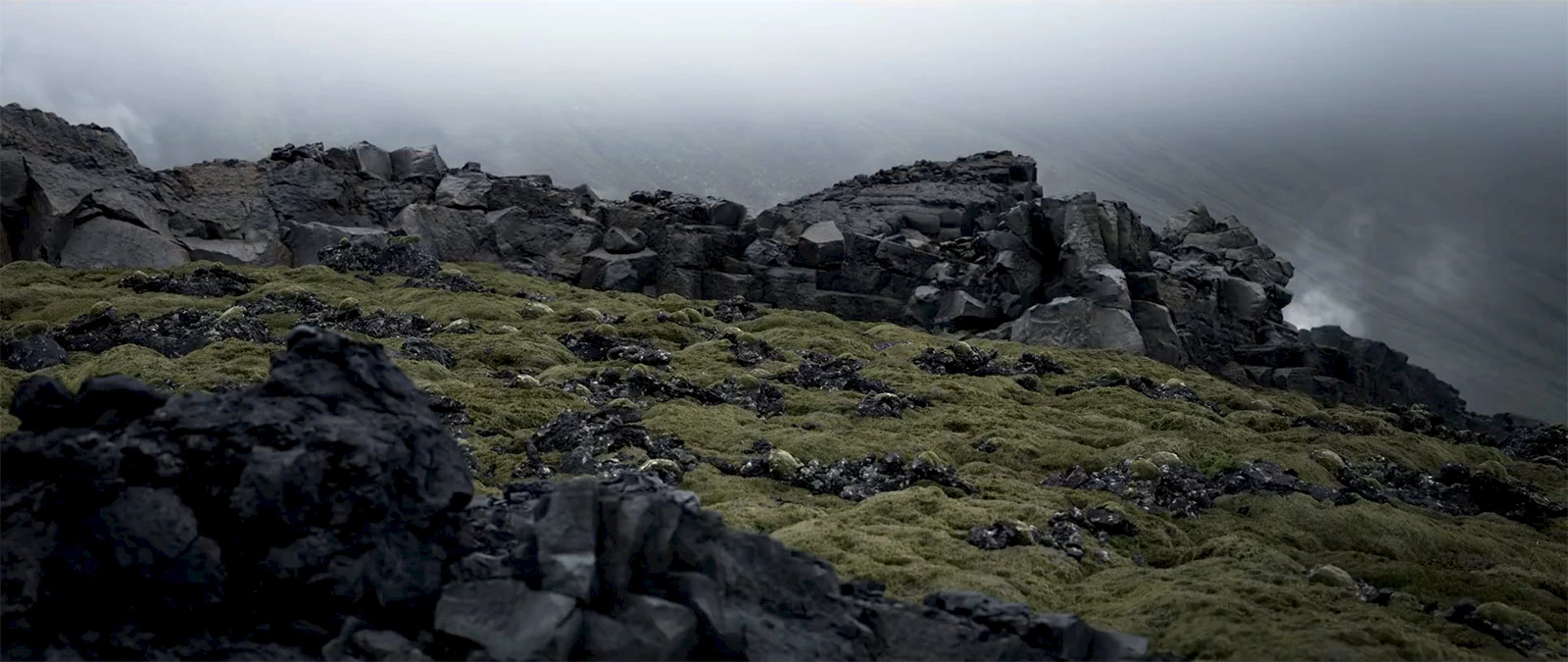
Rebirth. © Quixel.
At its annual GDC show, Epic Games showed demos including this short movie, titled Rebirth, that illustrates the photorealistic capabilities of Unreal Engine. It was produced by Quixel, which markets hundreds of 2D and 3D assets, some of which were used in the film to create landscapes inspired by Iceland. Epic says that just three artists worked on the short, using an unmodified version of Unreal 4.22.
⇨ The Verge, “Epic’s stunning new Unreal demos show off high-end ray tracing and photorealism.”
